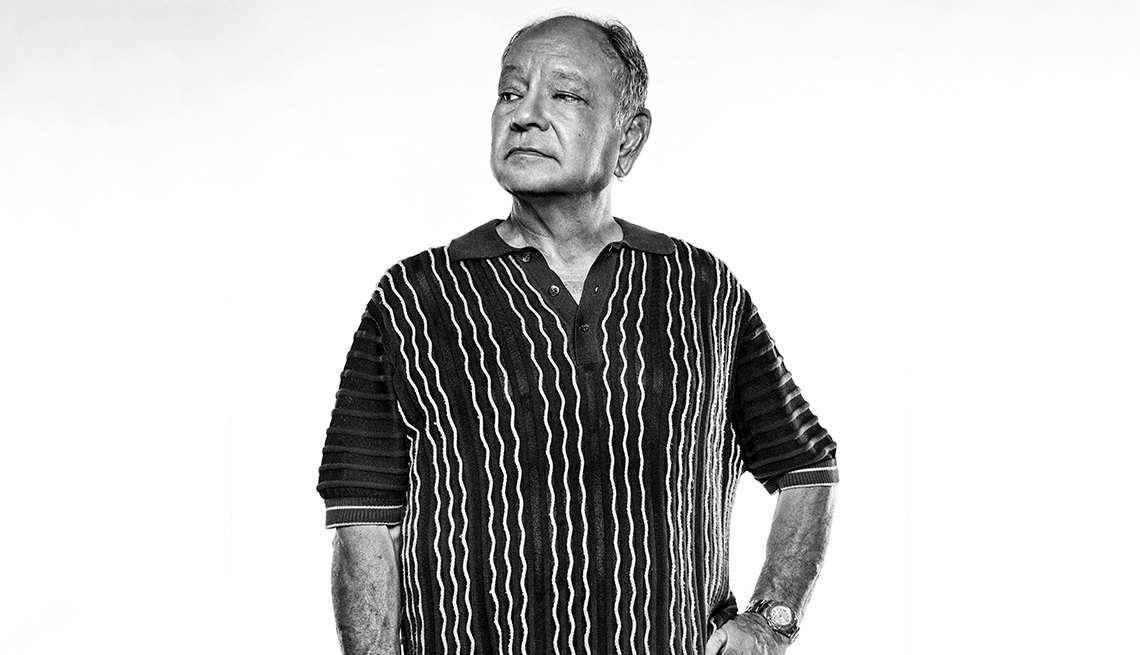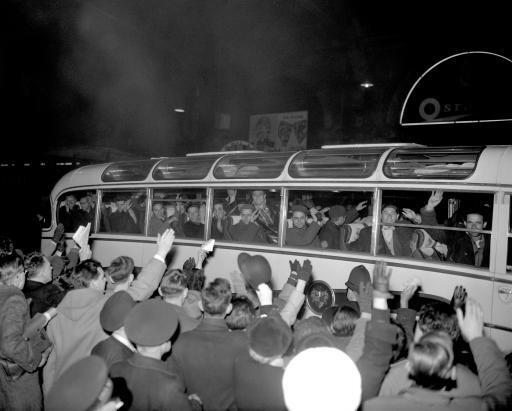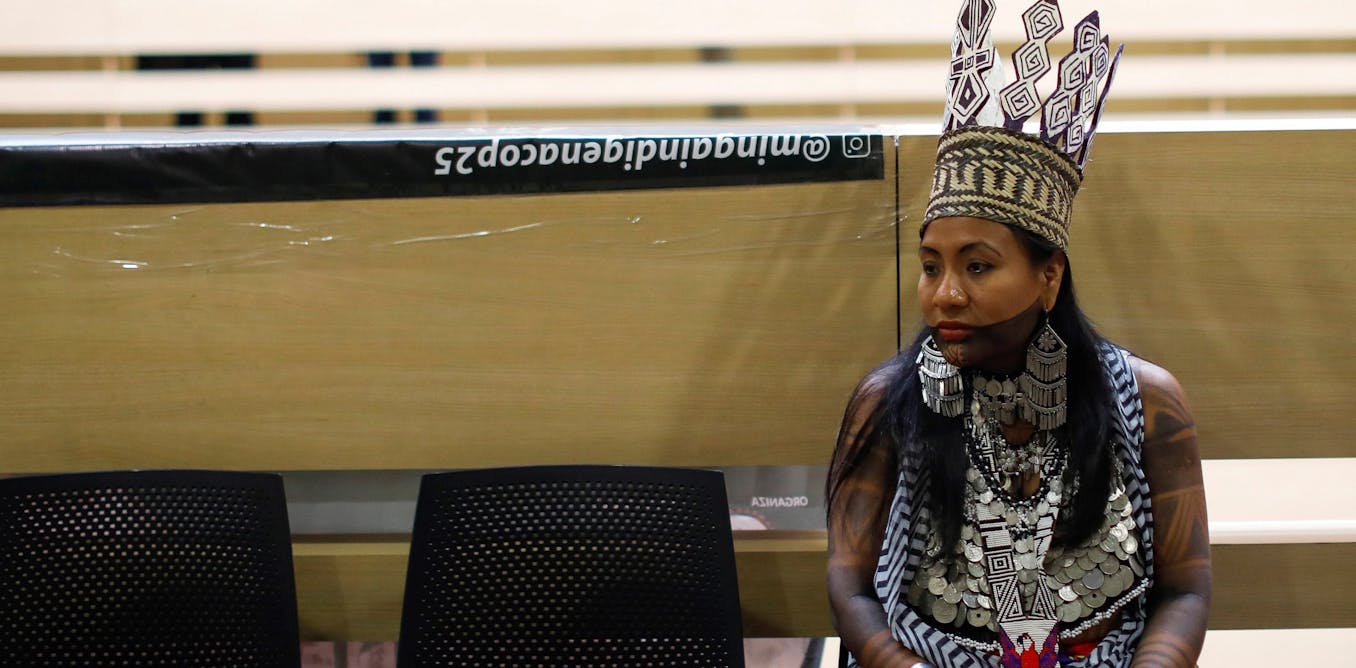
- Select a language for the TTS:
- UK English Female
- UK English Male
- US English Female
- US English Male
- Australian Female
- Australian Male
- Language selected: (auto detect) - EN
Play all audios:
Cheech Marin is many things: an actor, a comedian, a musician, an entrepreneur, and — most famously — half of the beloved counterculture stoner duo Cheech and Chong. Turns out, he’s also a
passionate art collector, having spent nearly 40 years amassing more than 700 prized works and showing many of them in traveling exhibitions. Out of that massive collection, he gifted more
than 500 to The Cheech Marin Center for Chicano Art & Culture of the Riverside Art Museum, aka The Cheech. The Riverside, California-based museum is giving Marin, the Los Angeles-born
son of Mexican American parents, an opportunity to showcase Chicano art’s powerful story. The Cheech is in Riverside, California, and houses more than 500 pieces of art from Cheech
Marin's collection. Courtesy The Cheech Marin Center for Chicano Art and Culture The impressive trove of paintings, drawings, photographs and sculptures, now housed in a former public
library, is believed to be the largest such collection in the world. HOW DO YOU DEFINE CHICANO ART? It’s traditionally a Mexican American-based art of people that were born here in the
United States or came here and spent the majority of their life in the United States. Not every Mexican American is Chicano, because Chicano is a voluntary category. It came out of an insult
[from] Mexicans to other Mexicans living in this country, to Mexicans who [had] moved across the border or [were] living in shacks along the border, [who] were no longer true Mexicanos [in
their eyes]. They were something smaller; they were something less: They were Chicanos. It was always an insult. My father, who died at 93 several years ago, always referred to himself as a
Chicano. That’s where I first heard it. That’s who I am and I'm really comfortable with that description. IS THIS A DREAM COME TRUE FOR YOU? I never dreamed this dream because for me it
was an impossible dream. People had mentioned this to me over the course of the collecting. They said, “You should have your own museum.” Yeah, I should have my own jet plane too. I just
didn't stop to think about it. I just never stopped collecting. The city of Riverside — it was their involvement that was essential — came to me with this offer, which is unheard of. At
first, I didn’t understand it. I said, “You want me to buy a museum. I don’t know about that.” “No, no, we want to _give_ you a museum. You give us the collection, and we’ll house it here
and look after it and proselytize it as much as possible.” HOW DID YOU GET STARTED IN COLLECTING CHICANO ART? I bought three pieces at the same time from the Robert Berman Gallery (in Santa
Monica, California), paintings by George Yepes, Frank Romero and Carlos Almaraz. WHAT INSPIRED YOU TO BUY THOSE PIECES? I understood the basis upon which they were making this art. It was
varied because all these artists were either art school or university trained, so they were exposed to world art from a very young age — contemporary art, historic art — and I saw how they
referenced that in their paintings, but it was with a Chicano accent, just like the Beatles when you first heard them. That was rock and roll, but it was with an English accent. You can tell
the antecedents; it was very obvious.







